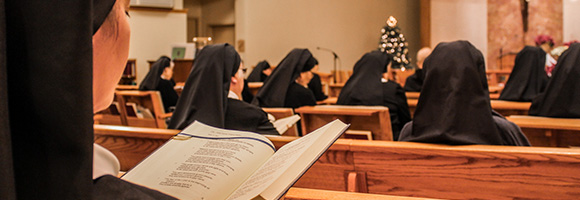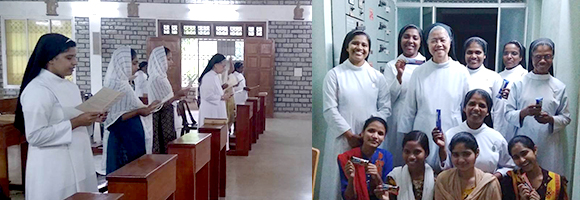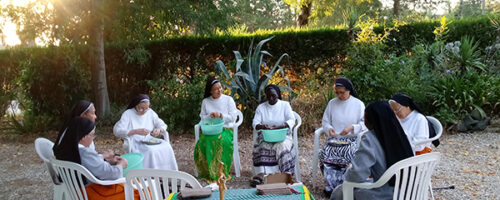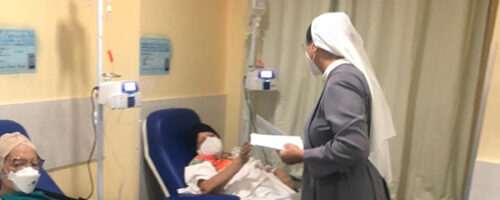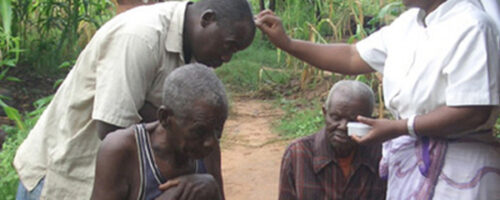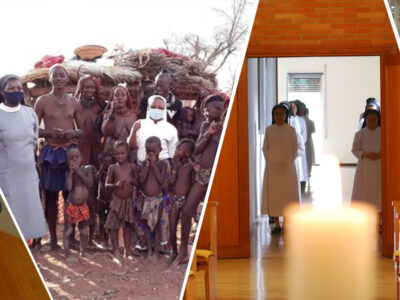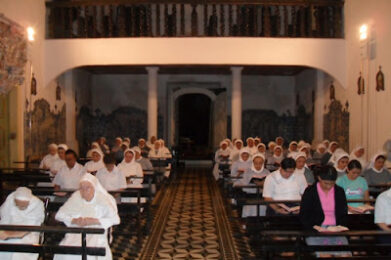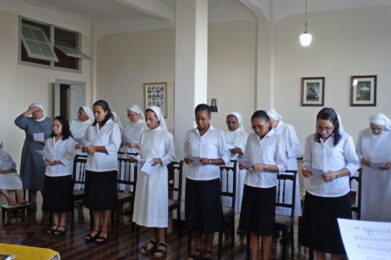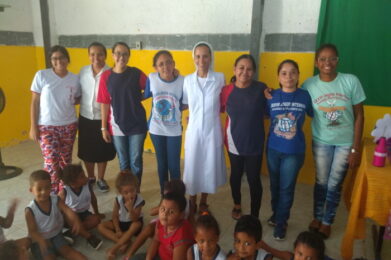OLINDA PRIORY
In July 1903, eight missionary sisters arrived in Olinda, Brazil. Already in 1905 two sister from Olinda traveled to the south to establish another foundation at Sorocaba. In 1995, the Sorocaba Priory received five members of a Pious Union in Buenos Aires Argentina. Today, the sisters minister in many pre-school (creches), primary and secondary schools, some health care institutes and in many social and pastoral activities.
ADDRESS : Sagrado Coração de Jesus, Priorado Largo da Misericórdia, s/n – Amparo; 53025-030 Olinda – PE – Brazil
TEL : 0055-81-3494-9100
E-MAIL : secretariapriorado@hotmail.com
PRIORY WEBSITE >> GO
Latest OLINDA PRIORY news

ABOUT
(Oh, how beautiful!) the Portuguese sailors are supposed to have exclaimed when they first beheld this hill rising above the lush vegetation and the ocean.
The name “Olinda” remains to this day, as well as the ancient colonial style “Misericordia Church” that belongs to our sisters and is visited by many tourists.
The Olinda Priory, located in northeastern Brazil, was founded in 1903. The sisters devoted themselves to the education of youth and soon the St. Gertrude’s Academy (Academia Santa Gertrudes) rose on this hill.
Many young Brazilians joined the sisters, making it possible to found nine more communities, several of them in the interior of the country. A university named FACHO (Faculty of Human Sciences of Olinda) also arose nearby.

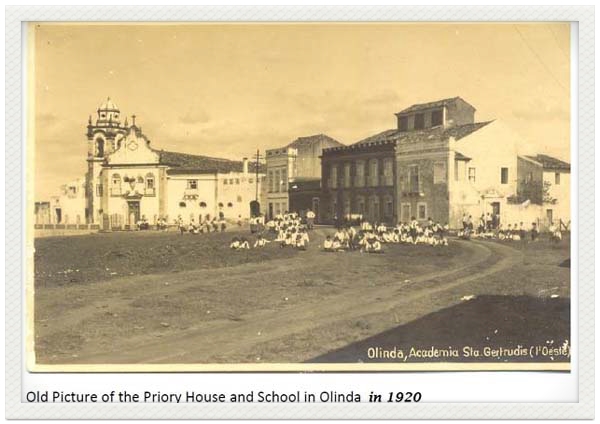
Our Congregation, having originated in Germany in 1885, did not long delay in arriving in Brazil. Soon after ours establishment in East Africa, we accepted the invitation to found a community in South America.
In December 1902, Mother Birgitta Korff, the Prioress General, received a letter from Abbot Gérard van Caloen OSB of the Olinda Monastery. Originally from Maredsous Monastery in Belgium, he greatly admired the missionary endeavors of Father Andreas Amrhein, our founder.
Since the beginning of the Priory, our sisters have cared also for the sick. However, it was only in 1970 that Saint Vicente de Paulo Hospital opened its doors in Barbalha, Ceará, in the diocese of Crato. It has become a large hospital, caring for as many as 1500 patients per day, in its service of an expanding geographical area with few health care workers.
As a regional hospital, patients come to it from more than 50 surrounding towns and cities. It works in tandem with the governmental health care system.







